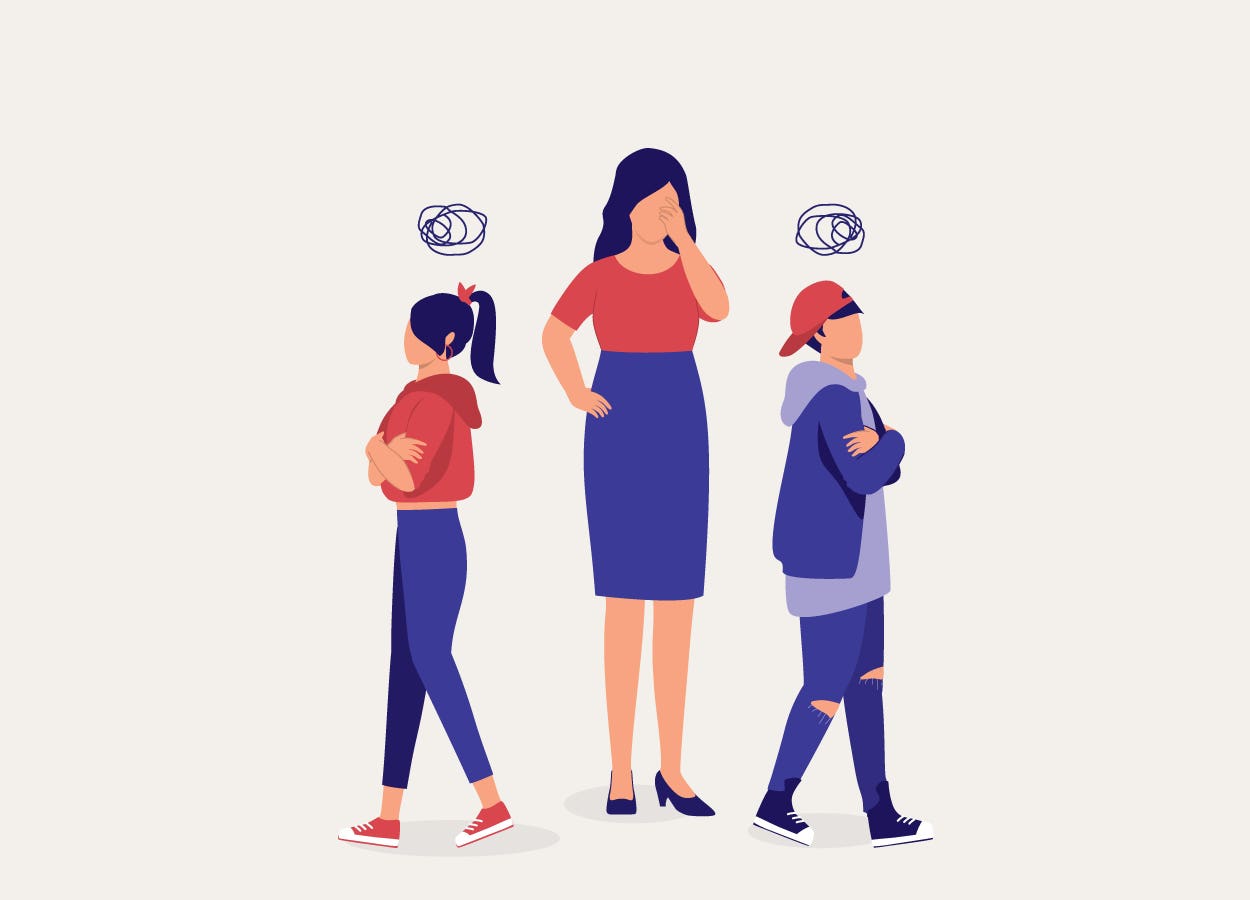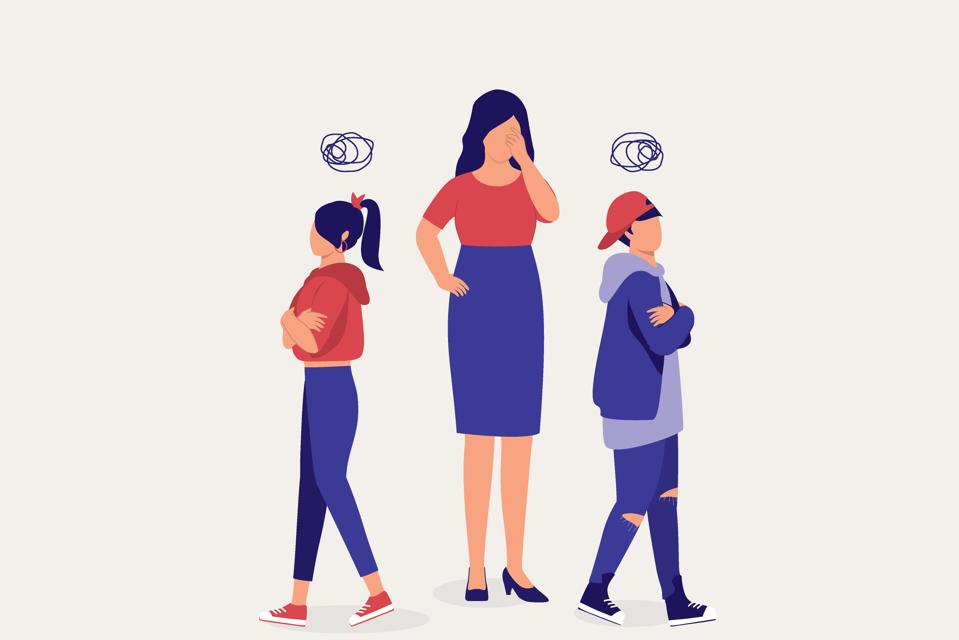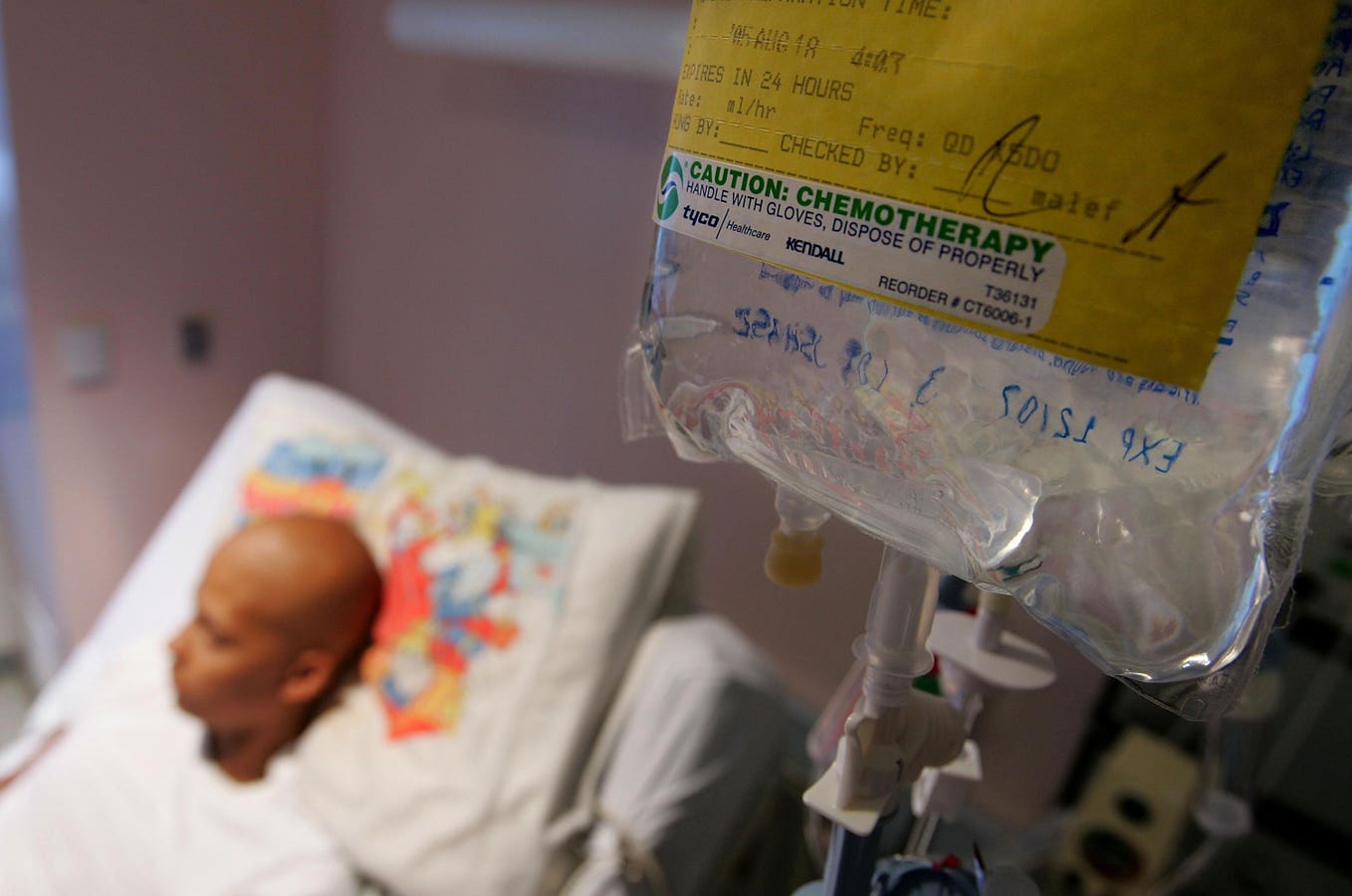While it’s difficult to navigate the intense anger your teenager might display, parents need to … More
As children grow into adolescents, they tend to experience more frequent and intense angry outbursts that they haven’t quite learned to manage yet. They may scream and shout at others, slam doors or resort to silent treatment.
This behavior often stems from hormonal and puberty changes, when they start to experience “bigger” emotions. This might be concerning to parents who are trying to raise emotionally healthy adults.
Unfortunately, many parents fall into the trap of believing that they need to raise perpetually happy teenagers to maintain peace and well-being. But teenage anger is a normal part of growing up, as challenging as it might be.
In fact, a 2017 study published in the Transactional Analysis Journal explains that adolescence is one of those unique developmental stages where “happy” isn’t necessarily healthy. In fact, far from being a problem to eliminate, anger can serve a critical health-promoting function.
Tony White, author of the paper, suggests that parents should not constantly strive to stop teenagers from feeling angry, as it may lead them to see this overt display of emotion as abnormal. Over time, this can cause them to turn their emotion inward, which festers into feelings like anxiety and self-blame.
Following the catharsis model, this research reframes anger as something that must be expressed rather than repressed. It identifies four levels of adolescent anger, where each reflects a unique way anger is experienced and expressed.
Here’s a breakdown of each of these four levels, and what they mean for your teen’s mental health.
1. Antisocial Anger
Some teenagers express their anger through harmful behaviors such as threatening others, vandalism, skipping school or using drugs. Instead of feeling guilty, these teens get into constant trouble with parents, teachers, friends or even the police.
Antisocial anger is an extreme overt expression of anger. Here, the teen lacks internal restraint and resorts to aggressive or defiant behavior that may cross social boundaries.
Those who act out or break rules might even seem proud of their bad behavior or completely unbothered by it, but that doesn’t mean they don’t feel pain inside.
“Some teenagers show antisocial anger as a cry for limits. They escalate their behavior to antisocial levels in the hope of being limited, sanctioned and restrained,” White explains.
Another classic study published in The American Journal Of Psychotherapy adds to this by suggesting that ongoing conflict becomes a way for adolescents to “punish” themselves from the outside, which helps them avoid feeling guilt on the inside. In a way, getting in trouble becomes a substitute for facing their inner pain.
2. Social Anger
This is a healthier, more functional form of external anger. This is when the teen uses social conflict to express frustration. They might argue, complain or debate, all without causing physical or psychological harm.
For example, a teen feels left out of a group project at school, so they speak up during class, saying it’s unfair that they’re doing most of the work. They may even raise their voice without meaning to, but they don’t necessarily insult anyone or storm out. Instead, they use the moment to stand up for themselves and express their frustration clearly.
This is an example of an outward display of anger that is loud but contained. They know how to engage emotionally, without taking it too far.
3. Passive Resistance
When left unexpressed, where does anger go? It implodes within.
At the level of passive resistance, teens appear sullen, withdrawn or unresponsive. They barely open up or respond to others. If and when they do, White highlights how they might answer in monosyllables or grunts, with the classic “Dunno,” “Huh” or “S’pose.”
This likely comes from feeling judged, dismissed or rejected, so they bottle up their emotions to avoid confrontation and conflict, even if they feel angry or resentful within.
For instance, parents often push their kids to share about their day, but when they open up, they feel misunderstood. A teenager might tell their parents that they are feeling overwhelmed with school and they need a break, but their parents may brush it off and say, “Everyone is stressed, just deal with it.”
Responses like this can be damaging. Instead of feeling supported, adolescents may start to believe that there’s something wrong with them, rather than recognizing it as something understandable, that deserves empathy.
“This person is neither openly rebellious nor openly conforming. The adolescent is stuck between showing his or her anger openly with the ‘Rebellious Child’ and being conforming to authority with the ‘Conforming Child’ ego state. So, he or she resists authority passively,’’ White explains.
This quiet resistance might not be as alarming as antisocial behavior, but it signals a move away from emotional transparency. Without intervention, it can deepen into something more serious.
4. Goodness
Adolescents with this level of anger are known as the “good kids.” Parents and teachers love them. They are almost always compliant, even pleasant. Their anger is no longer visible because it’s fully turned inward, often causing significant emotional distress.
“Such ‘good’ adolescents are unfortunate because they are often seen as being problem free. Often they are told they are good, well adjusted and seem so happy. Underneath, however, the teenager may be feeling discomfort and, in particular, anxiety,’’ White says.
These adolescents may look content, but they often feel trapped in a psychological double bind: they’re praised for being “fine,” even when they are battling invisible, heavy emotions inside.
They may resort to harmful strategies to cope, such as using drugs, starving themselves, pulling their hair, cutting themselves or other self-mutilation tactics.
Anorexia, for example, can be a manifestation of deeply internalized anger and shame. In such cases, adults may only see the physical signs of rapid weight loss and extreme food restrictions, but what they might miss is their teen’s terrifying fear of being judged by others or not living up to societal standards for beauty.
The teen may feel invisible, unheard or powerless in other areas of life, and their eating disorder may become a way to express that inner turmoil without saying much.
A Happy Teenager Is Not Necessarily A Healthy Teenager
While some psychologists advocate for transforming anger into something else, like motivation or empathy, the catharsis model sees anger simply as anger. If left unchecked, this emotion can become chronic and harmful. However, suppression isn’t the answer either.
White encourages cathartic expression of social anger. This does not mean leaving your anger unchecked, but rather expressing it anger clearly and reflecting on it. Teens need to be taught how to identify their emotions, recognize what triggered them and practice calming techniques when appropriate.
They need to ask themselves: Should I express my anger verbally and/or physically? Sometimes, they might need to pound a pillow, go for a run or try martial arts to channel their emotions.
They also need to be taught the time and place for it all, what to act on and what to let go. For instance, expressing their anger verbally, but respectfully is acceptable, while trying to hit or bully children at school is not.
Most importantly, they need to be taught how to sit with difficult emotions. Parental support can play a huge role in this by modelling calm responses and giving them the space to open up. With time, this support helps young people build emotional resilience and feel more in control of their reactions.
Do your adolescent children lose their temper a little too quickly? Take this science-backed test to find out if they might be picking up on it from you: Anger Management Scale









